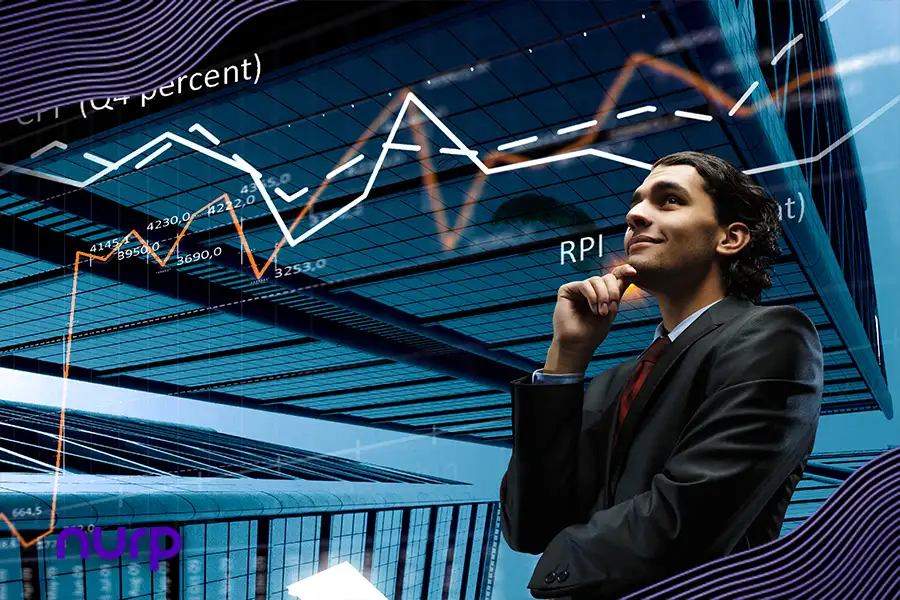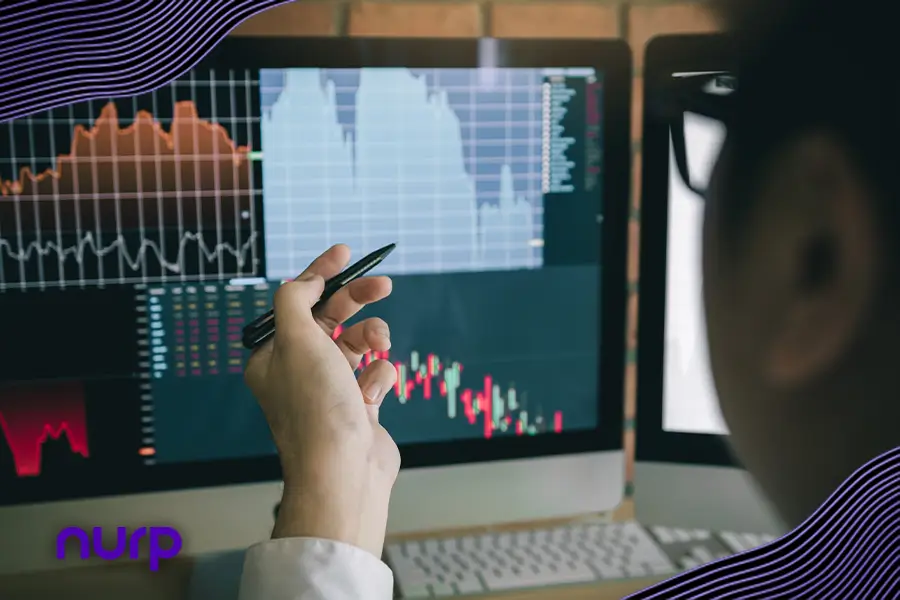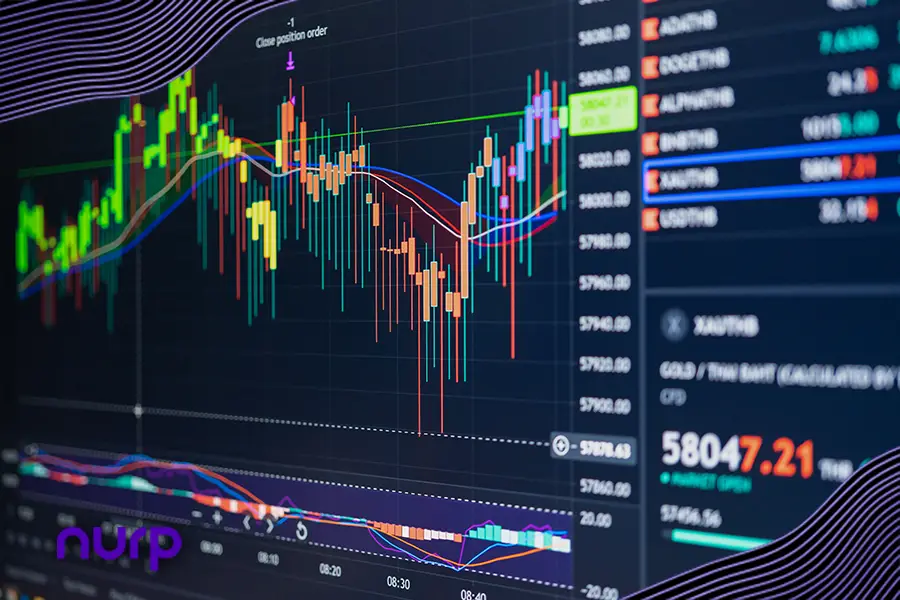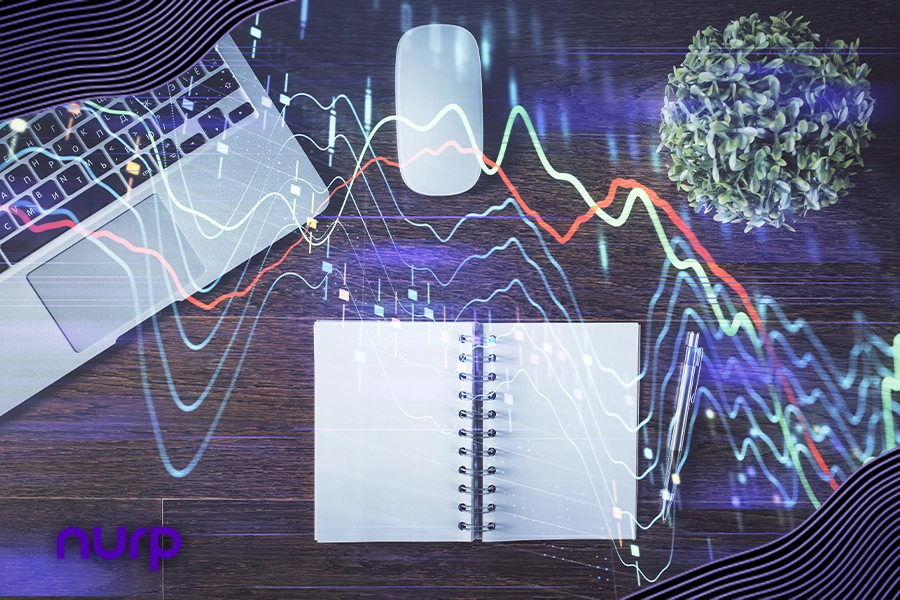Key Takeaways
Algorithmic trading software boosts speed and efficiency, streamlining trades and reducing emotional decisions, but still requires regular oversight.
Forex trading is inherently risky, and while algorithms help manage risks, they can’t eliminate them. Risk management practices like stop-losses are vital.
Diversify and keep learning to stay successful. Continuously update your strategies and stay informed to minimize risks and improve results.
In the forex trading arena, the dream of striking it rich with minimal risk is a common one. But here’s the truth: there is no magical formula that guarantees instant wealth in forex trading. This article explores how you can improve your chances of success in forex, particularly with the help of algorithmic trading software. This powerful tool has taken the trading world by storm and, when used right, it can enhance decision-making, minimize human error, and reduce the emotional pitfalls that many traders fall into.
But before diving into how algorithm software for trading works, let’s get something clear: forex trading is risky. No software can completely eliminate that risk, but it can help manage it, leaving traders in a better position to profit.
Read More: Currency Pairs To Trade: How to Choose With Live Forex Spreads
What Is Forex Trading?
For those new to forex (short for foreign exchange), it’s essentially the act of buying one currency and selling another at the same time. The aim is to make a profit by speculating on whether a currency’s value will rise or fall compared to another. With forex trading happening 24 hours a day, five days a week across the globe, it’s no wonder so many people are drawn to it.
The Role of Algorithm Software for Trading
Today’s traders have access to tools that can handle much of the decision-making process. This is where algorithmic trading software steps in. This software uses complex algorithms to analyze market data, execute trades at precise moments, and even monitor trends in ways that human traders simply can’t.
Think of algorithmic trading software as a tool that gives you an extra set of sharp eyes and lightning-fast reflexes to spot opportunities in the market. Sounds like a dream, right? Well, it is and it isn’t. Here’s why.
Pros of Algorithmic Trading Software
Speed and Efficiency
Humans, no matter how skilled, can’t compete with the speed of computers. Algorithmic trading software is programmed to execute trades in milliseconds. These split-second trades can sometimes make the difference between profit and loss, especially in the highly volatile forex market.
No Emotional Trading
One of the biggest pitfalls for traders—especially beginners—is emotional decision-making. Fear of missing out (FOMO) or panic when the market takes a sudden downturn can lead to impulsive and often costly decisions. Algorithmic software eliminates this issue by sticking to predefined rules. It doesn’t panic, it doesn’t get greedy—it simply follows the strategy it’s programmed to execute.
Backtesting and Strategy Optimization
Algorithmic trading software allows traders to backtest their strategies against historical market data. This means you can see how a particular strategy would have performed in the past before risking real money. This not only helps you refine your strategy but also gives you confidence that the system is sound.
24/7 Trading
The forex market never sleeps, and keeping up with it can be exhausting. Algorithmic trading software, on the other hand, doesn’t need sleep. It can monitor the market and execute trades around the clock, ensuring you don’t miss out on potential opportunities while you’re asleep or away from your computer.
The Downsides of Algorithmic Trading
While algorithmic trading software can be a fantastic tool, it’s not a guaranteed money-maker. In fact, relying solely on it without understanding the risks can lead to big losses. Here are some things to keep in mind:
It’s Only as Good as Its Programming
An algorithmic trading system is only as effective as the strategy it’s based on. If the software is following a flawed or outdated strategy, it won’t matter how fast it trades—it can still lose money. A trader needs to continually review, test, and optimize their algorithm to stay relevant in changing markets.
Over-Optimization Risk
This happens when a strategy is so finely tuned to past data that it performs beautifully in backtests but fails miserably in live markets. Markets are unpredictable, and conditions change rapidly. What worked in the past may not necessarily work in the future, especially when variables like geopolitical events or economic shifts are involved.
Requires Vigilance
While the software can trade on its own, traders can’t completely check out and let it run indefinitely. You need to monitor your system to ensure it’s performing correctly and adapt it when necessary. Algorithmic trading doesn’t mean “set it and forget it.”
Market Risks Are Still Present
At the end of the day, forex trading remains a risky venture. Algorithmic trading software can help mitigate some risks, but it doesn’t eliminate them entirely. No matter how good the software is, market volatility and unforeseen events (such as black swan events) can lead to significant losses. This is why risk management remains crucial.
Strategies That Algorithm Software For Trading Can Help With
Algorithmic software isn’t just a one-size-fits-all tool—it can be tailored to a variety of trading strategies. Here are a few strategies where it excels:
Trend Following
This is one of the simplest strategies to program into an algorithm. The software will track market trends and execute trades based on whether a currency pair is moving in a particular direction. For example, if a currency pair has been rising consistently, the algorithm may decide to buy in and ride the wave.
Arbitrage
Forex arbitrage involves taking advantage of price differences between different brokers or markets. Algorithmic trading software can spot these tiny discrepancies faster than any human could and execute trades before the window of opportunity closes.
Market Making
Market making involves placing buy and sell orders simultaneously, hoping to profit from the spread between the bid and ask prices. An algorithm can automate this process, making numerous small trades that add up over time.
Scalping
Scalping is a high-frequency strategy that involves making dozens or even hundreds of small trades within a single day. The aim is to profit from tiny price movements. An algorithm can execute these trades much faster and more accurately than a human ever could, making it an ideal strategy for those using trading software.
How to Minimize Risks When Using Algorithmic Trading Software
Now, let’s focus on the core part of the article: reducing risk while maximizing the potential of algorithmic trading software.
Start Small: If you’re new to algorithmic trading, it’s wise to start with a small amount of capital. This allows you to get a feel for how the system works without risking a significant chunk of your money. Once you’re comfortable and confident in the system’s performance, you can gradually scale up your investment.
Diversify Your Trades: Putting all your eggs in one basket is a recipe for disaster. Diversifying your trades across different currency pairs, timeframes, and strategies can help reduce your overall risk. Some trades may lose, but others could win, balancing out your portfolio.
Set Stop-Losses: A stop-loss is an automatic order to sell a currency pair if it reaches a certain price. This ensures that you don’t lose more than you’re willing to risk on any single trade. Even with an algorithm, it’s crucial to have safety nets in place to protect your capital from unexpected market movements.
Keep Learning and Stay Updated: Forex markets are dynamic, and what works today might not work tomorrow. Always be learning and stay updated on the latest market trends, econ omic data, and geopolitical events. Regularly reviewing your trading algorithms and tweaking them as necessary can help ensure long-term success.
Algorithm Software For Trading: A Tool, Not a Magic Wand
Algorithmic trading software is an incredible asset for modern forex traders, but it’s not a magic wand that guarantees success. It can help you make smarter, faster, and more efficient trades, but the risks are still there. Always approach forex trading with caution, and never invest more than you can afford to lose.
The real “secret” to increasing your chances of making a fortune is discipline, risk management, and understanding that forex trading always comes with risks. Use the tools wisely, and you might just find yourself on the right path to consistent profits.
Looking to gain an edge in forex trading with algorithmic trading software? Book a call with our team today and explore how Nurp’s solutions can potentially help you trade smarter and minimize risk.
The post Forex Trading Secrets: How to Make a Fortune with Minimal Risk first appeared on Nurp.com.






